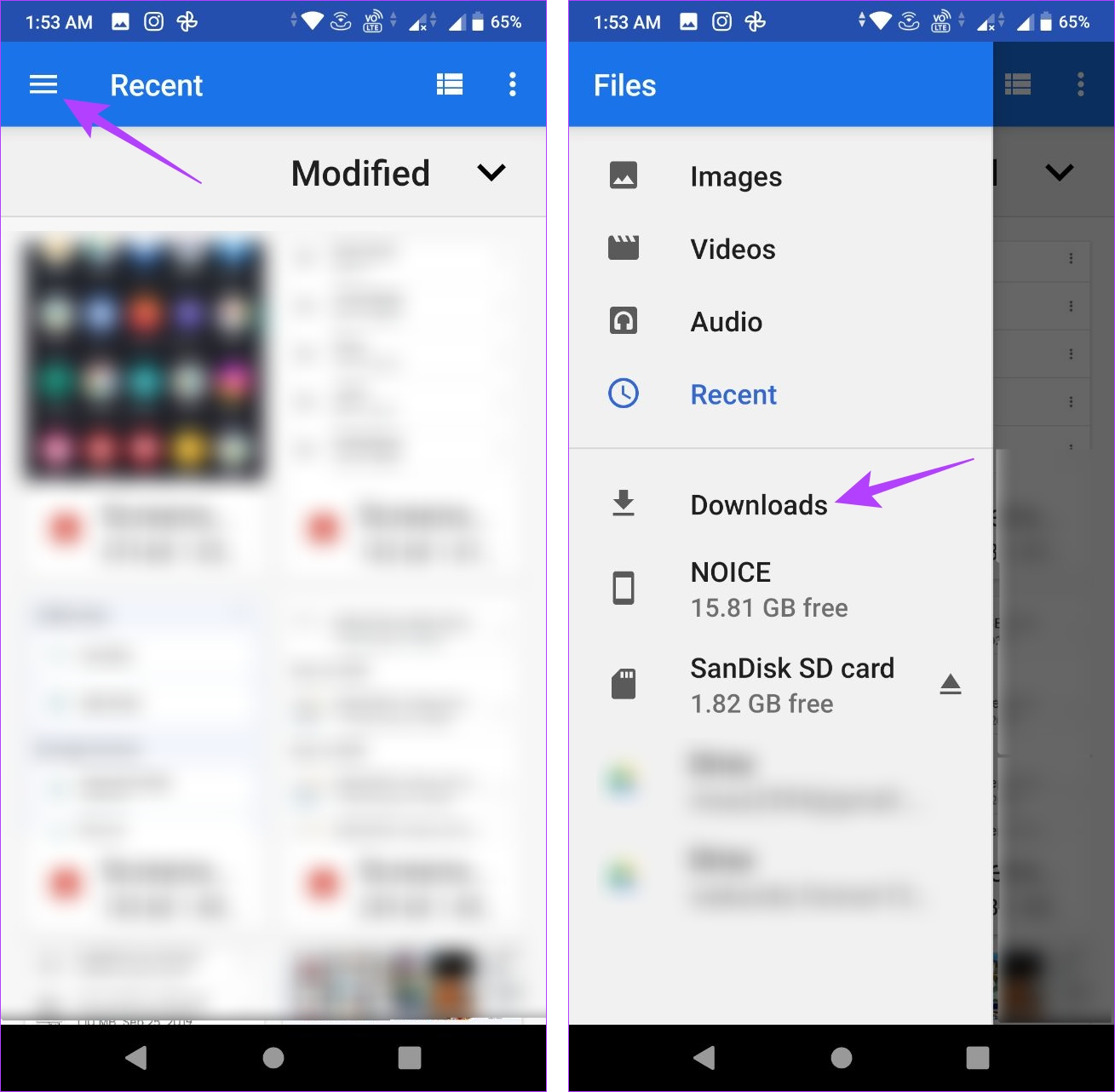Top latest Five downloads on android tablet Urban news
Top latest Five downloads on android tablet Urban news
Blog Article
Finding downloaded files on your Android tool can be a obstacle. Easily, your phone can rapidly end up being littered with photos, video clips, screenshots, and various other documents. To maximize area on your gadget, it's necessary to monitor where your downloads are saved. This way, you can easily identify and delete unneeded documents.

This guide shows you how to find an vital data that vanished and exactly how to arrange your Downloads folder. Below's how to find downloads on your device, whether you use one of the best Google Pixel phones or an additional Android mobile phone.
Locate your downloads with the default file supervisor
Every phone manufacturer may provide a unique pre-installed Android application for organizing documents, yet your usage needs to be comparable. If you have a Samsung tool, you can consult our guide on finding downloads on your Samsung Galaxy phone.
Comparable to operating systems like Windows, macOS, and iphone, Android has a Downloads folder for your files. Do the complying with to find the downloads on your gadget:
1. Open up the Data or My Documents app from the home display or application drawer.
2. Try to find a section called Downloads.
3. Tap it to view the data you downloaded.
Make use of the Documents by Google app for your downloads
If you're seeking a basic and reliable way to locate your downloaded data on your Android gadget, consider utilizing Data by Google from the Google Play Shop. This application sticks out as a leading choice for its easy to use user interface and capability, making it an excellent alternative to any type of preinstalled data supervisor application on your tool.
4. Open up the Documents app.
5. Select the Browse tab at the bottom.
6. Tap Downloads.
7. Select the Download tab to see the files in that folder.
Find your downloads by hand
If you're unable to situate the Downloads folder on the major web page of your data manager app, try accessing your phone's internal storage space rather. Below's a detailed guide on exactly read more how to do it:
1. Open the Files application.
2. Select the Browse tab near the bottom.
3. Scroll down and go to Internal storage space.
4. Touch the Download and install folder.
Relocate your downloads to an additional area
Relocating files away from the Downloads folder is handy for numerous factors, particularly for data including private or personal details. Placing these data into their folder keeps them safe and secure and makes it tough to erase them accidentally. It additionally avoids them from getting buried and blended with the other random documents you download and install.
1. Open the Files app.
2. Navigate to your Download folder.
3. Tap the three-dot menu to the right of any file.
4. Choose the Move to option.
5. Tap Internal storage at the bottom.
6. Select any location or folder.
7. Tap Move here to transfer the file to that location.
Additionally, you can utilize the Copy to feature and transfer these files to a different location. This enables you to create numerous copies without deleting the original files from your Download folder.
View the exact location of your downloadsM/b >
You may want to see the location of the Download folder for various reasons from time to time. Tap the three-dot menu next to one of your downloaded files and go to File info. The/ storage/emulated/0/ Download path is the default for many modern Android devices. Some third-party web browsers might save files to a different folder, but this should be the location for most downloads.
Managing your downloads is easier than you think
The Files app by Google is an excellent choice for those who appreciate a straightforward file management solution. With its user-friendly interface and simple features, this app effectively categorizes your files into different types such as downloads, images, videos, and audio. Additionally, it provides the option to remove unnecessary files.
Speaking of tidying up, you can free up more storage space by learning how to delete unwanted WhatsApp media files. You can install an SD card on some Android devices if you're still short on space.
Report this page